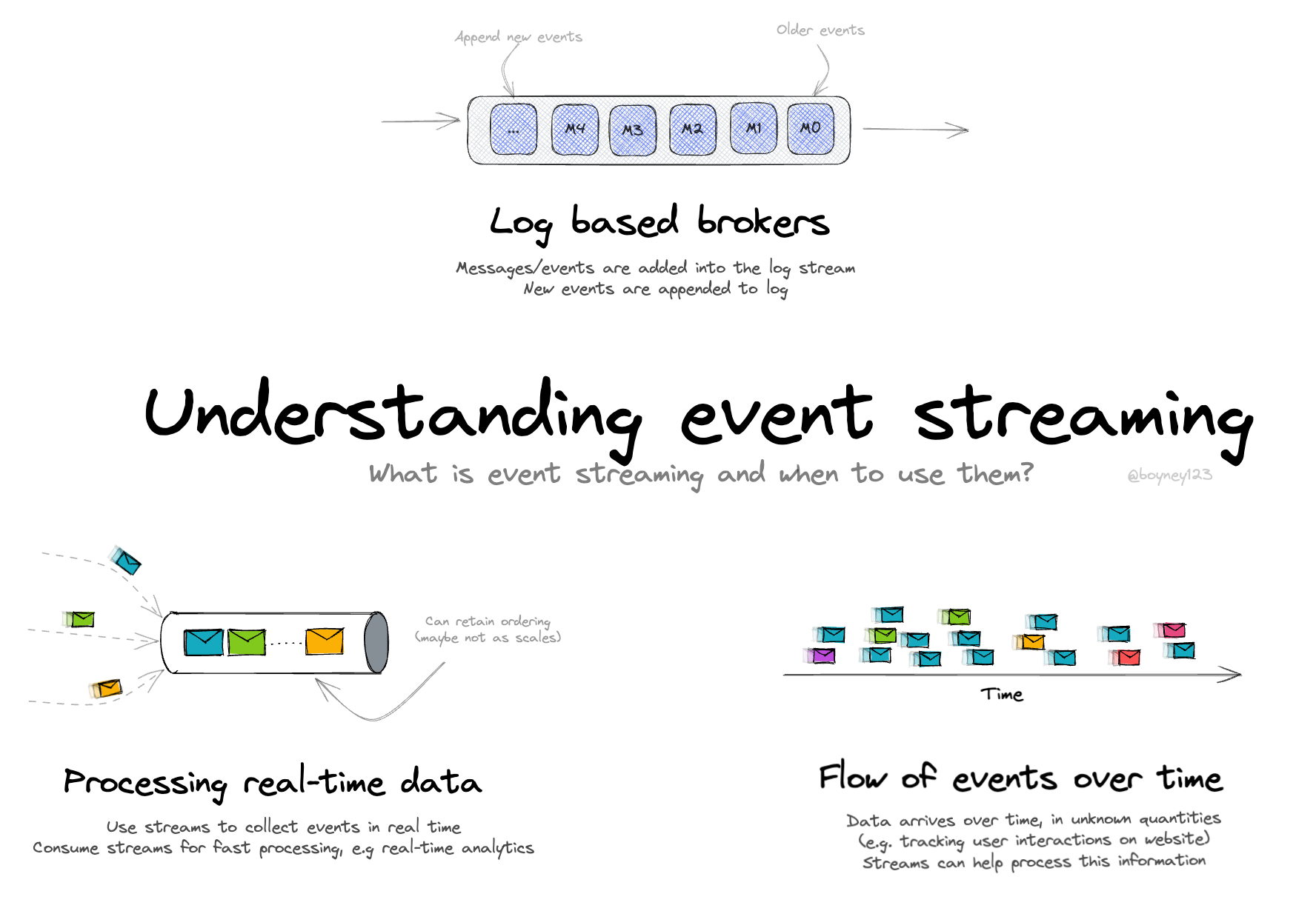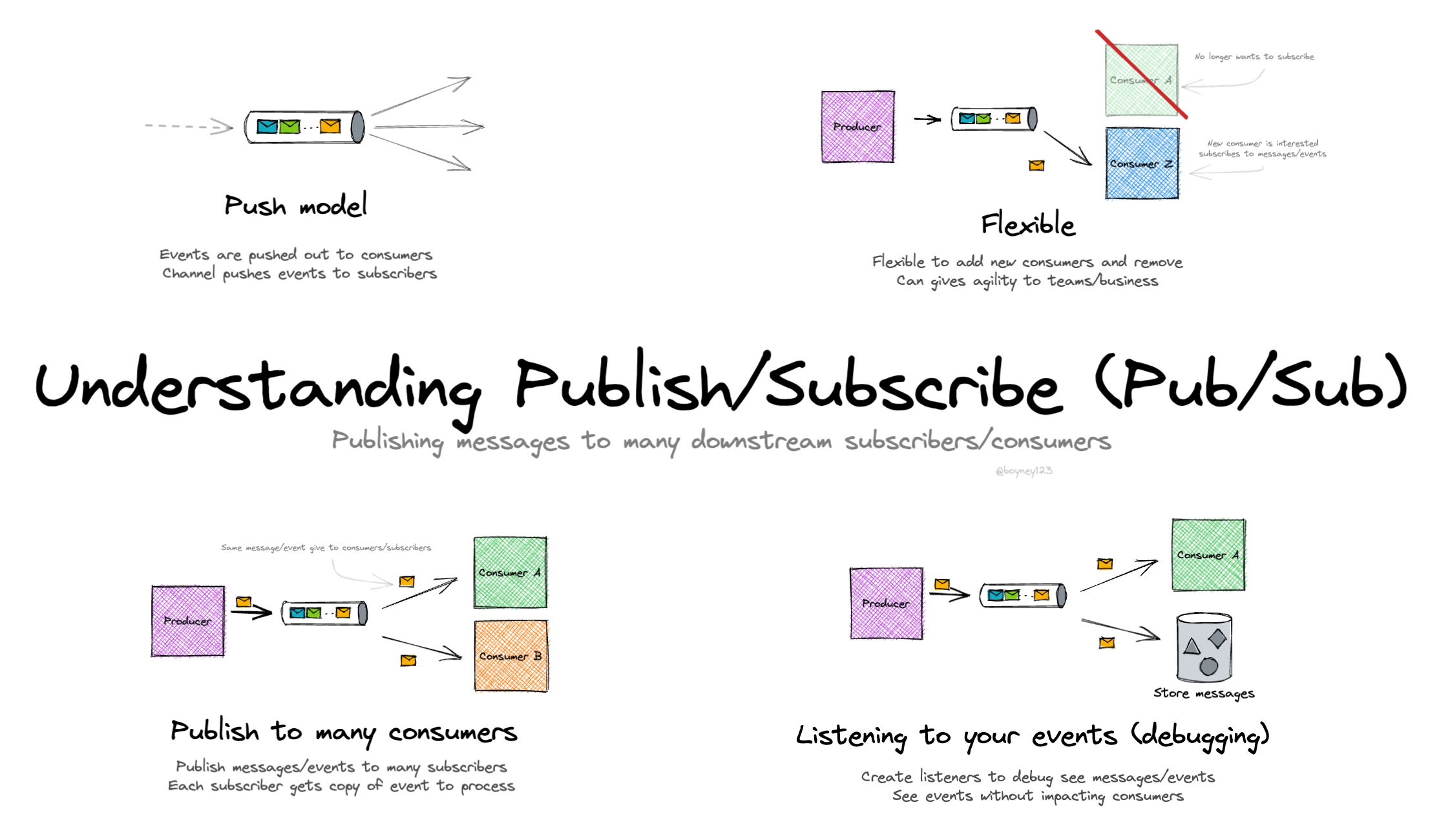Understanding event streaming By David Boyne
Understanding event streaming By David Boyne

Learning event-driven architecture?
I built EventCatalog — an open-source tool that helps you visualize, document, and understand how events, services, and domains connect in event-driven architectures.
Perfect for learning: Create visual diagrams, document your first events, and see how everything connects. Get started for free →
What is event streaming?
Think of event streams as a flow of events traveling through a river. Each event is captured and can be processed by downstream consumers.
Event streams can be great for processing real-time data.
When we build applications there are times where the amount of data to process is unknown and we want to capture it (e.g. user interactions with a shopping cart online), we can collect this data and then process it in real-time downstream (e.g. for analytics or reporting for example).
Data loses value over time. Many companies want to process information in real-time to make decisions. Event streaming can help.
Event streaming use cases
Some common examples where you may find event-streaming is handling IOT events, gaming, real-time applications or using streams to collect user information for analytics/metrics downstream.
You can also connect streams together to process information (Event stream processing), streams read output from other streams and can process this into new information.
Log based brokers
Some brokers use a log-based approach to capture messages/events in an append only system. Think of this as a ledger, new information is added onto the stream, and consumers can consume this information from either the start or choose a starting location (usually an offset). Examples of log-based brokers are Amazon Kinesis Data Streams or Apache Kafka.
Extra Resources
- Designing data-intensive applications - Book has some great chapters on event streaming.
- Building an EDA application, streaming is just part of it - There are many other parts to building event-driven applications, streams are just part of it. This visual helps you identify others.
Explore other visuals
Want to work together?
If you're interested in collaborating, I offer consulting, training, and workshops. I can support you throughout your event-driven architecture journey, from design to implementation. Feel free to reach out to discuss how we can work together, or explore my services on EventCatalog.
EDA Visuals: The book
Join over 13,000 others learning EDA and download all the EDA visuals directly to your computer.
This book contains all the visuals in one book, you can download, read offline and explore.
If you would like to support my work, you can purchase the book. This helps keeping the visuals free for the community. Purchase the book


